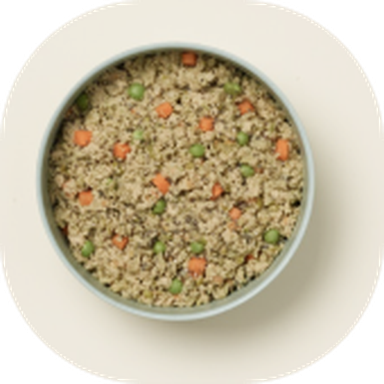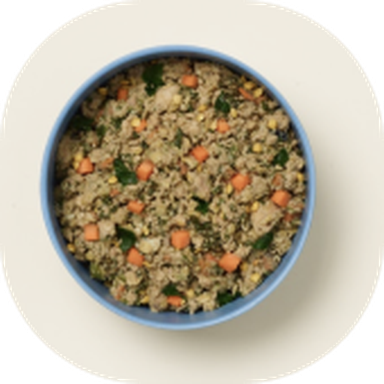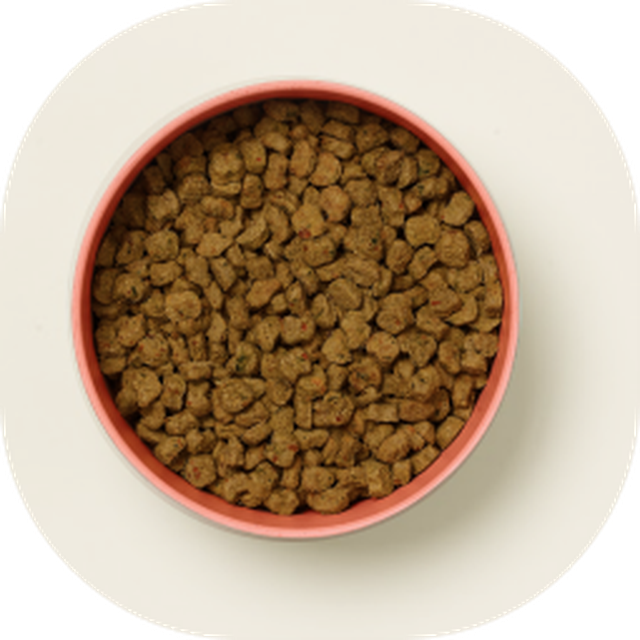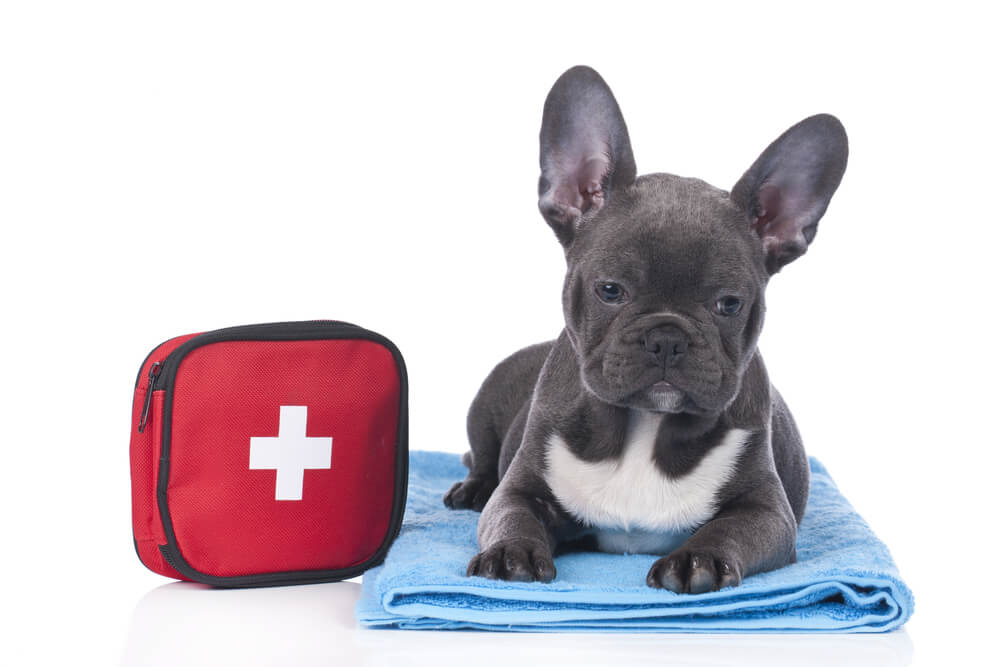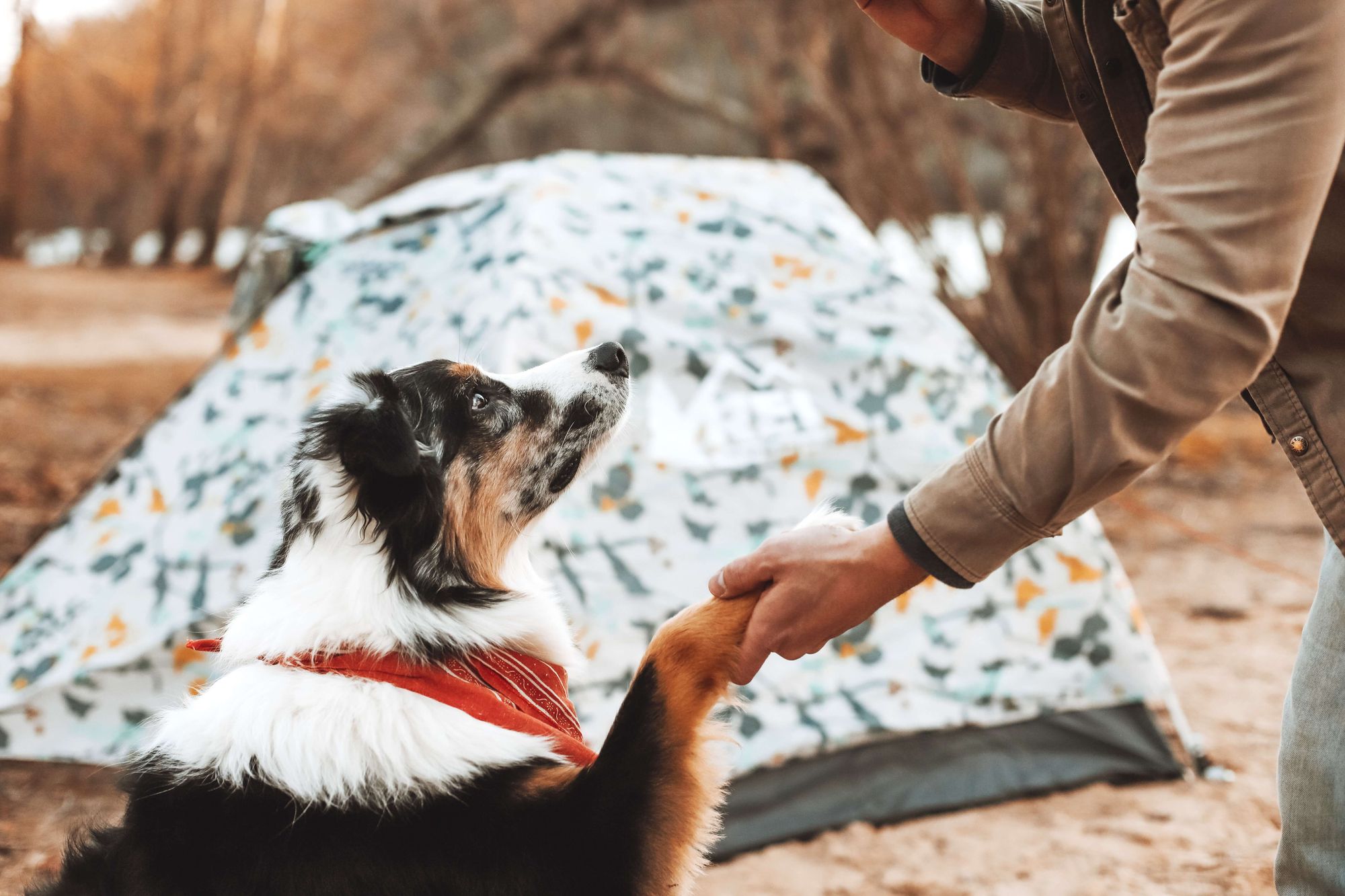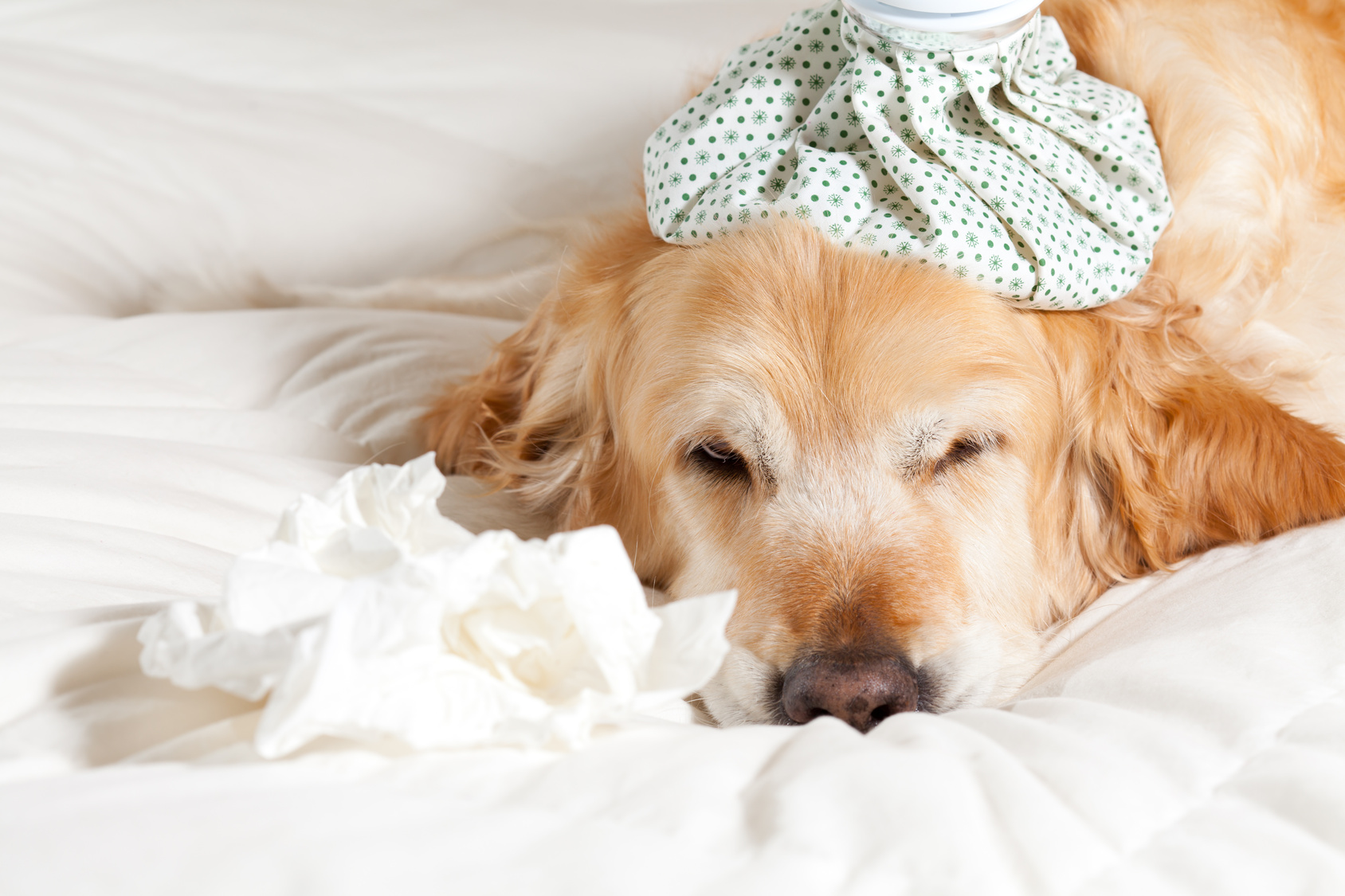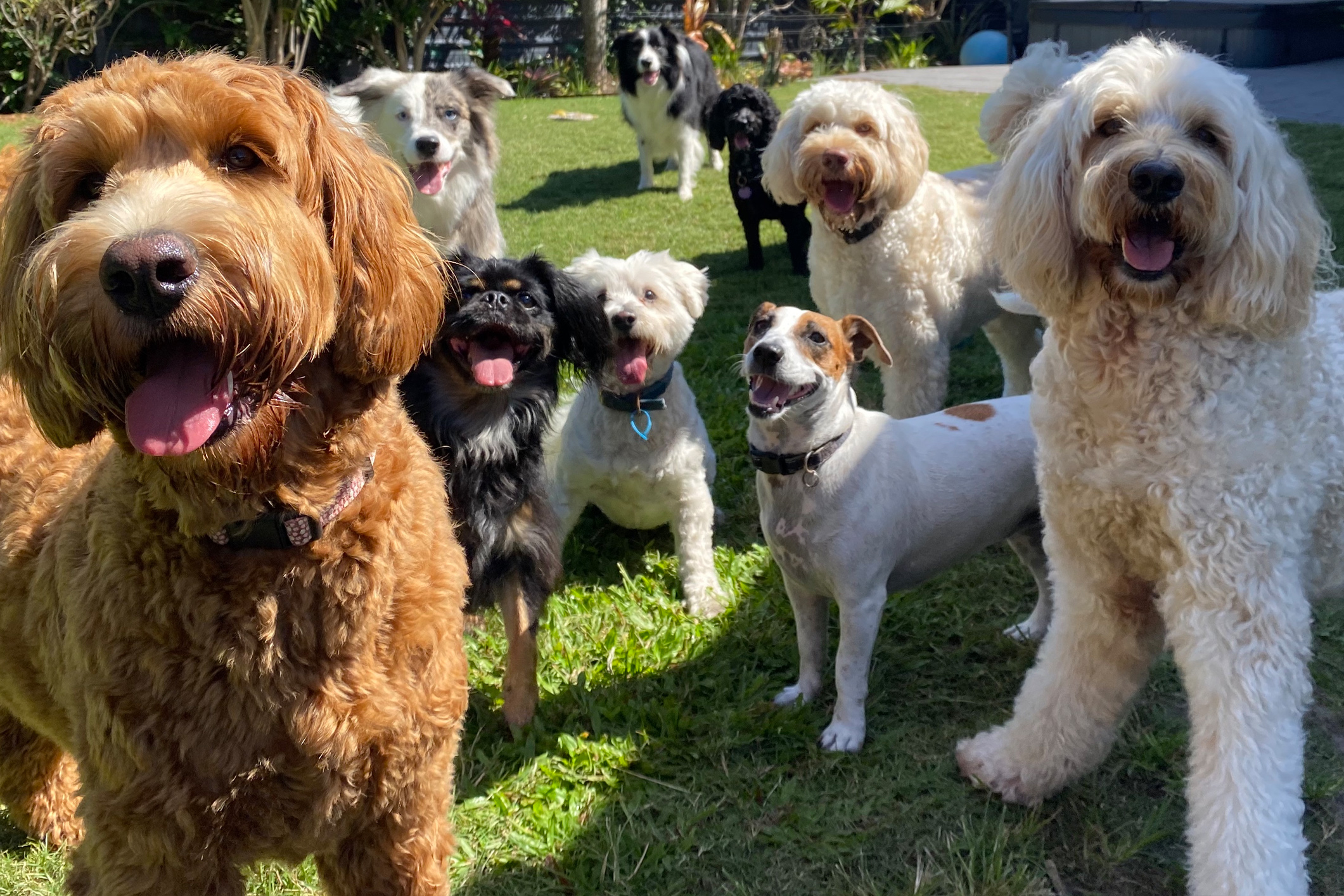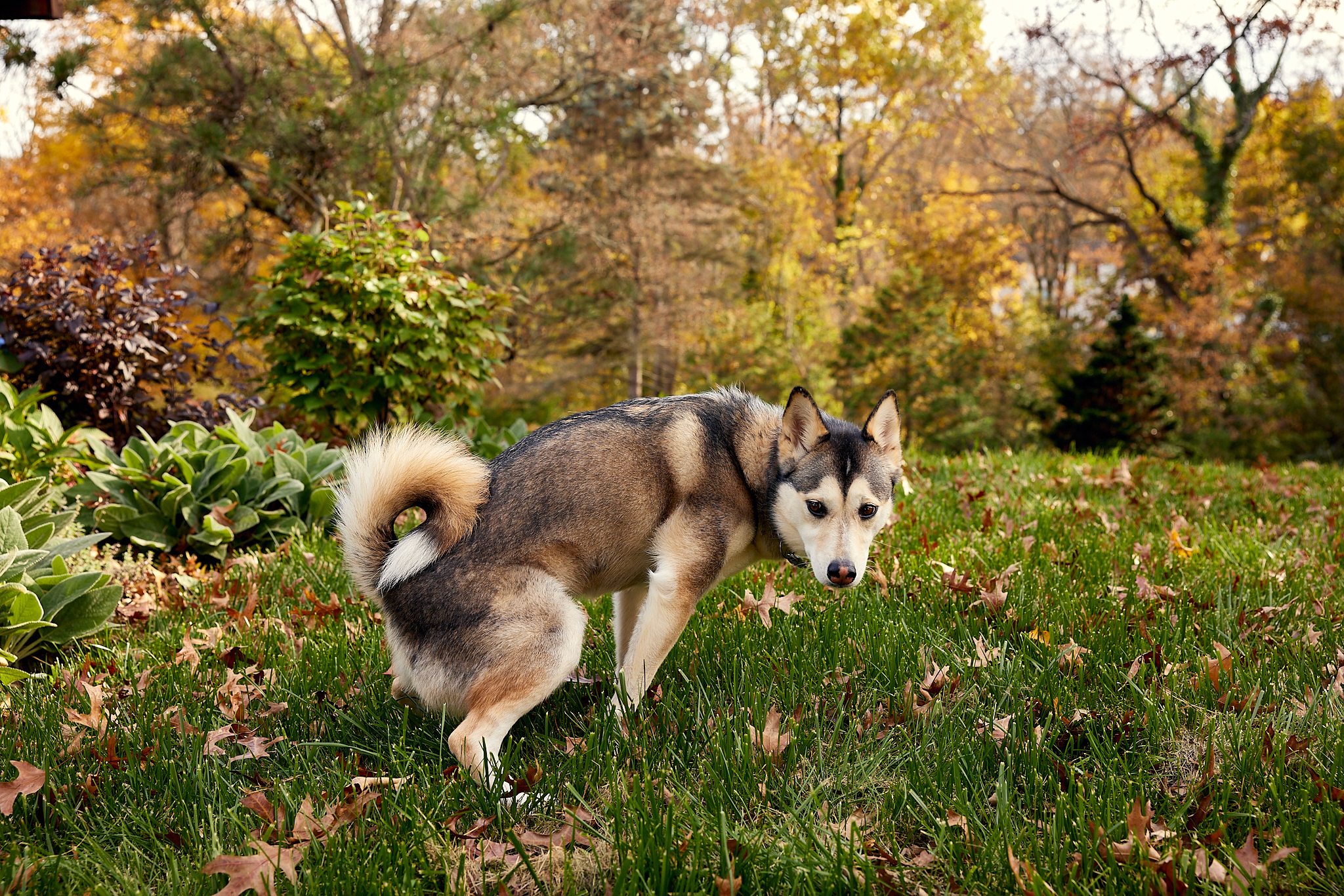Hey Ollie blog readers! We’re offering you an exclusive 60% OFF your starter box! Try now!
You may know how to do the Heimlich, and you’d probably sign up for an infant first aid class if you were going to have a baby. But chances are you’d have no idea what to do if your dog stopped breathing or needed you to treat his bee sting stat.
Yes, CPR and other dog first aid techniques are a real thing, a real important thing. Not only do they exist, but there are experts out there who can teach them to you, like Denise Fleck, a Hollywood-based owner of four dogs and three cats, who teaches a pet first aid and CPCR class (short for cardiopulmonary cerebral resuscitation).
Just like with humans, you’d use CPCR for a dog whenever he is not breathing or doesn’t have a pulse, Fleck says. Slightly different techniques are used depending on the size of the dog, but it involves checking the airway to making sure it’s clear, laying him on his side and manually compressing his chest.
Fleck offers classes in the Los Angeles area and sometimes throughout the country—check out her fall tour of the Southern US to see if she’s coming to a city near you. You can also find other CPR and first aid classes by searching Pettech.net. In the meantime, Fleck shared a few of her helpful in-case-of-emergency pointers with us:
If your dog is bleeding
Apply pressure to the area and elevate it above the heart, then add pressure to a pressure point (i.e., a major artery, the base of the tail) to diminish the blood flow to the limb and minimalize the blood loss.
If your dog is choking
Give them a big bear-like hug. Put your fist in the soft part of their belly behind their last rib, lean your chest or stomach into them and pull them against you.
If your dog gets stung by a bee
Give them one milligram of Benadryl per pound that your pet weighs and apply a cold pack to decrease the swelling. If they are having breathing difficulty, get them to the vet immediately.
First aid essentials to keep at home
A thermometer (a human one is fine for under the tail, but you’ll need a dog thermometer for their ears—it should be 101 F), hydrogen peroxide (to induce vomiting in case of poisoning), a tick remover and a muzzle (in case your pet is hurt because they could bite due to extreme pain).
Call your vet or an animal hospital in an emergency. It is best to be trained in these techniques before attempting them.
The Ollie blog is devoted to helping pet parents lead healthier lives with their pups. If you want to learn more about our fresh, human-grade food, check out MyOllie.com.
Tagged As:

The nutrition your dog needs,
the food they want.

Enjoying our articles? Subscribe our Newsletters and get new articles directly to your inbox
You might also like
9 September 2024
3 MINS READ
How to Choose the Right Dog Daycare
When it comes to finding the best dog daycare, it can be hard to know where to start. Read on for tips on what to look for, ask about, and keep in mind during your search.
by Ollie Pets
26 April 2024
4 MINS READ
How Often Should I Take My Dog To The Vet?
Routine veterinary care is important for your dog’s overall health—but how often should your pup visit the vet? We answer this question and outline common health signs that warrant a veterinary…
by Ollie Pets
28 February 2024
6 MINS READ
Why Do Dogs Eat Poop & How to Stop It
Does your dog partake in poop? We get to the bottom of this unusual behavior, including its medical and behavioral causes, and how to address it.
by Ollie Pets

